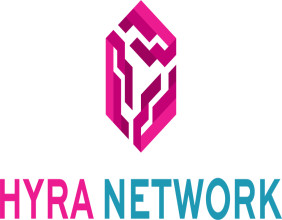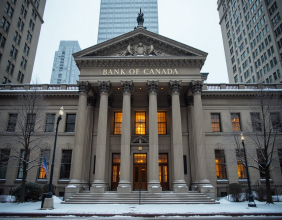Tesla's Robotaxi Dream Is Here--But Alphabet May Have Already Won the Race

The bigger promisethe Cybercab that Elon Musk unveiled in 2023isn't expected until 2026. Yet, this early-stage rollout sits under a $1.1 trillion market cap and a forward P/E of roughly 150, according to FactSet. For context: that's more than the combined value of the next 20 automakers. RBC's Tom Narayan believes robotaxis account for about 60% of Tesla's valuation. In other words, this bet matters.
Warning! GuruFocus has detected 6 Warning Sign with META. But while Tesla grabs headlines, WaymoAlphabet's (NASDAQ:GOOG) self-driving armis already operating in five cities, including a new launch in Atlanta. Its 1,500-vehicle fleet is real, driverless, and growing. A new Arizona plant is set to more than double that by end of next year. Waymo raised $5.6 billion last year at a $45 billion valuation, but analysts are getting more bullish.
Raymond James' Josh Beck now pegs Waymo closer to $150 billion, citing a base-case of 129% compound annual growth in gross bookings over five years. A recent Uber partnership could push those numbers even higher. The market might still be fixated on Tesla's bold visionbut Waymo's quietly building a commercial robotaxi empire. Tesla's edge? Its bet on software. Musk is aiming to transform existing Teslas into money-making robotaxis with a simple updateno Lidar, just cameras.
It's a cheaper approach, but not without issues. Sunlight glare, social media footage of driving errors, and early questions from regulators have already surfaced. And at $4.20 per ride, the economics don't yet impress. Waymo, meanwhile, is logging real miles, real data, and real revenue. Investors chasing the next big thing might want to look again.
Because the under-the-radar AI moonshot may not be Teslait might be hiding inside Alphabet. This article first appeared on GuruFocus. View Comments




